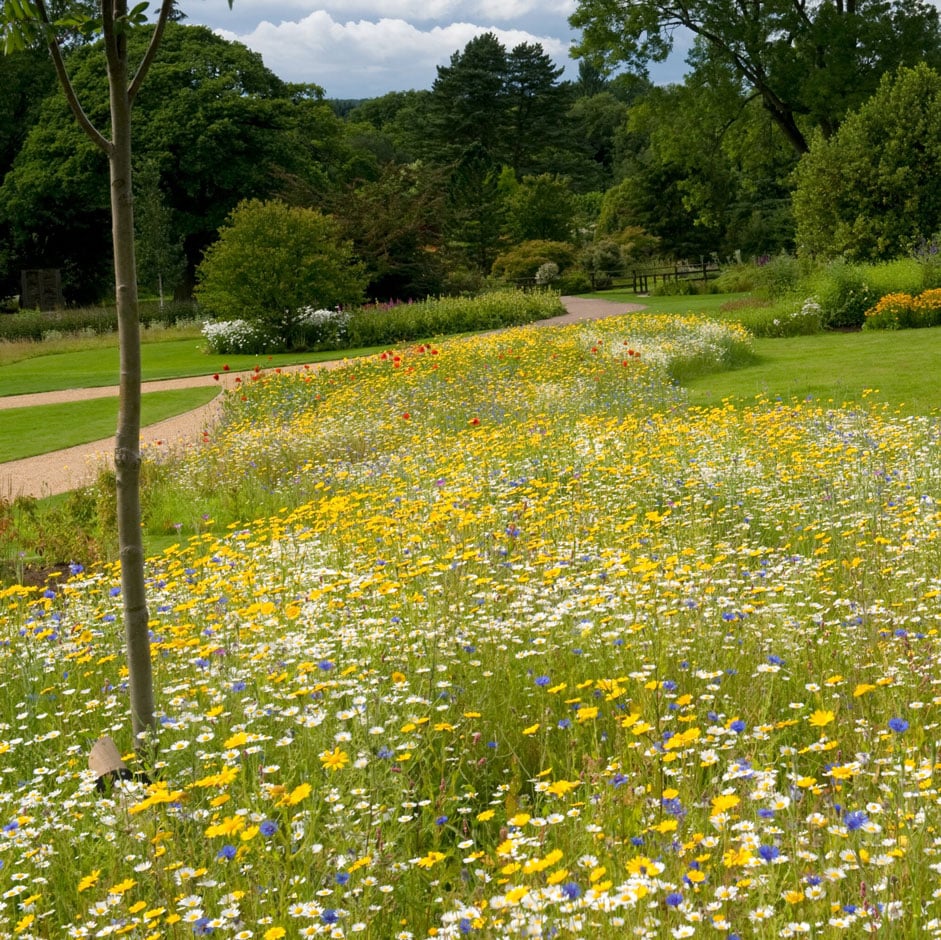
Introducing...
Scabious
Botanical name: Scabiosa, Knautia, Cephalaria, Sucissa
With a succession of summer flowers scabious are winsome addition to borders. They can be perennials, surviving for several years or shorter lived annuals, dying after flowering. The flowers are attractive to bees and butterflies and many make good cut flowers for the home. The core colours of scabious are white, lavender and blue but there are some burgundies and lemons to choose from too.
Looks
These plants bear flowers which are often referred to as 'pin cushions'. They're held on wiry stems which give them a child-like appeal. While scabious come in lavenders, blues and sometimes white, the most commonly grown Cephalaria is lemon and Knautia are predominantly wine-red.
Likes
Scabious generally like well-draining and sunny locations.
Dislikes
Most scabious dislike wet feet and shade.
Did you know?
Scabious is a common term for several species including: Cephalaria (giant scabious), Knautia (Macedonian scabious), Succisa (devil's bit scabious) and of course, Scabiosa
Scabious we recommend
Scabiosa caucasica 'Clive Greaves'
Caucasian scabious 'Clive Greaves'
- 0.5–1 metres
- 0.1–0.5 metres
Scabiosa caucasica 'Miss Willmott'
Caucasian scabious 'Miss Willmott'
- 0.5–1 metres
- 0.1–0.5 metres
Scabiosa caucasica 'Clive Greaves'
Caucasian scabious 'Clive Greaves'
- 0.5–1 metres
- 0.1–0.5 metres
Scabiosa caucasica 'Miss Willmott'
Caucasian scabious 'Miss Willmott'
- 0.5–1 metres
- 0.1–0.5 metres
Useful advice

Creating wildflower meadows
Native and non-native plants for pollinators
Pollinators: decline in numbers

Wildflower meadow maintenance
Get involved
The Royal Horticultural Society is the UK’s leading gardening charity. We aim to enrich everyone’s life through plants, and make the UK a greener and more beautiful place.
.jpg?width=940&height=627&ext=.jpg)
